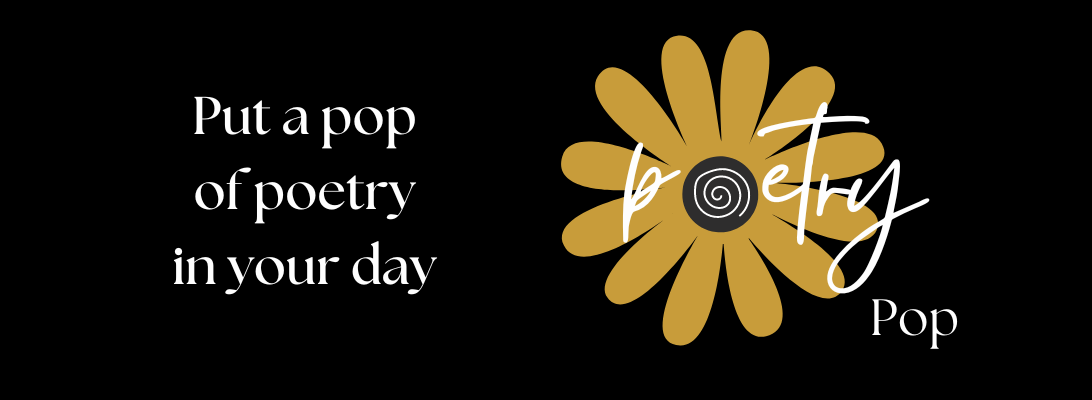
In a simple Acrostic poem, the first letters of each line spell out a word when reading down the page, however, in more complex Acrostics the letters can appear in the middle or at the end of the poem.
Here are the rules:
- Choose a topic to write about (a word, name, or phrase).
- Write the word in bold, capital letters down the side of the page.
- Set the tone. Do you want your poem to be funny, sad, heartwarming?
- Describe the subject in each line. It can be a word or a full sentence.
- Acrostics can rhyme but they don’t have to.
Example #1: This is a simple acrostic I wrote for example.
Snow boots Highheels Oxfords Espadrilles So many shoes to choose.
Example #2: In this acrostic, Lewis Carroll writes about Alice Pleasance Liddell, which you may know simply as Alice (in wonderland).
A BOAT BENEATH A SUNNY SKY A boat beneath a sunny sky, Lingering onward dreamily In an evening of July — Children three that nestle near, Eager eye and willing ear, Pleased a simple tale to hear — Long has paled that sunny sky: Echoes fade and memories die: Autumn frosts have slain July. Still she haunts me, phantomwise, Alice moving under skies Never seen by waking eyes. Children yet, the tale to hear, Eager eye and willing ear, Lovingly shall nestle near. In a Wonderland they lie, Dreaming as the days go by, Dreaming as the summers die: Ever drifting down the stream — Lingering in the golden gleam — Life, what is it but a dream?
Example #3: A poem where the first letter of each line and the last letter of each line spell out a word is called a double acrostic as in this poem, STROUD by Paul Hansford.
Set among hills in the midst of five valleyS, This peaceful little market town we inhabiT Refuses (vociferously!) to be a conformeR. Once home of the cloth it gave its name tO, Uphill and down again its streets lead yoU. Despite its faults it leaves us all charmeD.
BEHIND THE POEM
The word Acrostic is from the Greek words akros, “at the end,” and stichos, “line.” It was first applied to the prophecies of the Erythraean Sibyl which were written on leaves and arranged so that the initial letters of the leaves always formed a word.


